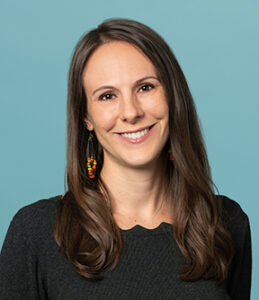 Theresa Backhus is Associate Director of Outreach and Engagement for the Building Innovation Hub in Washington, DC, a project of the Institute for Market Transformation, which works towards improving communities by creating better buildings in DC.
Theresa Backhus is Associate Director of Outreach and Engagement for the Building Innovation Hub in Washington, DC, a project of the Institute for Market Transformation, which works towards improving communities by creating better buildings in DC.
When the commercial real estate industry talks about sustainability, it tends to focus on the large-scale tension between market innovation and government regulation. But buildings exist for people, so we need to focus more on the human impacts of the built environment. Everyone can probably recall a time they spent inside a “bad” building: it was drafty and it made you feel cold; it was poorly lit and hurt your eyes; or it was poorly ventilated and gave you headaches. Since we spend 90% of our time indoors, it’s important that our buildings are healthy spaces. But buildings also need to contribute positively to their communities, which means we need to acknowledge and take action on the role buildings play in climate change and social disparities.
The impact of buildings on people
Buildings have a profound impact on local economic and social outcomes. Most high-performing buildings, for example, are in communities where wealth and business activity are already concentrated—and absent from historically disinvested communities, which are frequently communities of color. In practice, this means that buildings are less healthy, and more expensive to operate for residents already struggling under the weight of systemic societal inequities. This situation stems from the fact that communities have all too often been partially or completely left out of the building planning process. People working and living nearby have had minimal decision-making power or influence on how their neighborhoods are shaped.
This is not surprising, because buildings have always been physical manifestations of policies and societal norms. But we can no longer pretend not to notice. Climate change is (and has been) upon us, and there’s no question that buildings will either be part of the solution or continue to be a big part of the problem. We’re at a critical moment when we can, and must, change the way we have conceived of buildings. Each of us has a role to play in making them represent values of sustainability, inclusivity, and equity.
The role of government and industry
Regulation and policy have foundational roles. Local, state, and national regulations set the floor (for example, local building codes) in tandem with reach standards that push the ceiling (like Appendix Z of the 2017 DC Energy Conservation Code). It is also the role of government to create the conditions necessary to allow community participation by flipping the typical building and policy planning processes to ones where communities drive the agenda and outcomes. Government must convene important conversations to bridge the public and private sectors and bring these conversations to local communities.
Those in the building industry have the most influence on buildings, and, thus, a big role in driving change. Professionals can approach the development process from a collaborative foundation: advancing an equitable, Just Transition by driving the co-development of project goals, programming, and outcomes. Industry has the opportunity to partner with local community-based organizations to make the building design process accessible in order to address the challenges, priorities, and aspirations of frontline communities. Including more diverse perspectives in the design process, making a concerted effort to find local service providers and minority-owned business partners, and using high-road contracting practices are steps that businesses can take to positively impact the people for whom buildings are built.
The role of community and the individual
Buildings can support the communities of which they are a part—but only if we work toward that outcome. Participating in opaque development processes, understanding how the commercial real estate industry operates, and affecting project outcomes can seem daunting, but it’s essential. Everyone has a role to play in influencing how our society, our governments, and our businesses shape our buildings. We all fall along the spectrum of action: passive, active, vocal advocate, behind the scenes, implementation, experimentation, etc. To achieve change, each of us needs to take a leadership role, however that manifests itself:
- Look for ways to directly engage your fellow community members in regulatory conversations, such as partnering with industry experts to reduce the level of effort involved in stakeholder engagement and improve the effectiveness of participation.
- Subscribe to newsletters, local blogs, and government notifications to stay informed of development updates.
- Participate when invited to government and industry discussions, and convene community members around those topics.
- Discuss the need for cooperation that will lead to the migration of actions from voluntary to standard to required. Network with peers to honestly discuss challenges and opportunities, and connect with local leaders regularly to share priorities, concerns, and solutions.
- Learn how your local building industry, government, and community intersect with each other, and how you can get involved to influence outcomes. Apply to sit on neighborhood committees, attend zoning and planning meetings, or start your own local group to advocate for what you’re passionate about.
- Demand more efficient buildings from building owners, building operators, and your government. Seek accountability and be vocal! Attend city council meetings, contact your elected representatives, and ask building owners to demonstrate how their projects support sustainability, resiliency, and equity.
- If you know of a building project, community leader, or innovative process that is succeeding in its approach to greater environmental and equity outcomes, let the Hub know and we can consider adding it to our case studies.
Change is not linear; it’s iterative. Lasting positive change happens when a critical mass starts to prioritize climate at a scale that is greater than it’s been in the past, and that change is sustained. Every day there’s evidence of the ways that climate change is making our weather weirder and our future more uncertain. We’re all realizing the tangible ways that it will affect our families and our neighbors. The next step is to take action, from whatever position we hold, to bolster resiliency and increase equity in ways that will prepare us for the best possible future.

